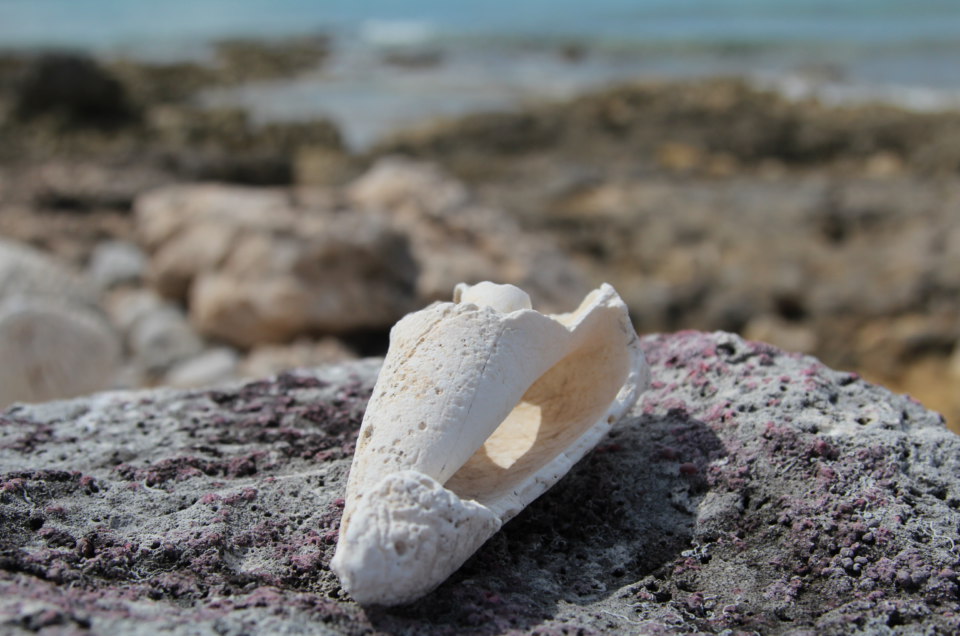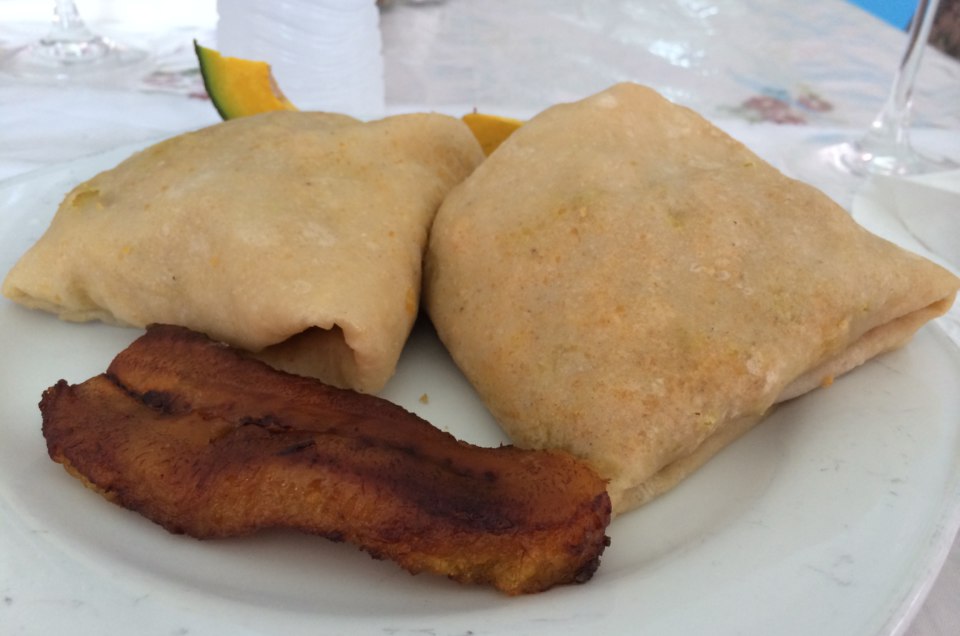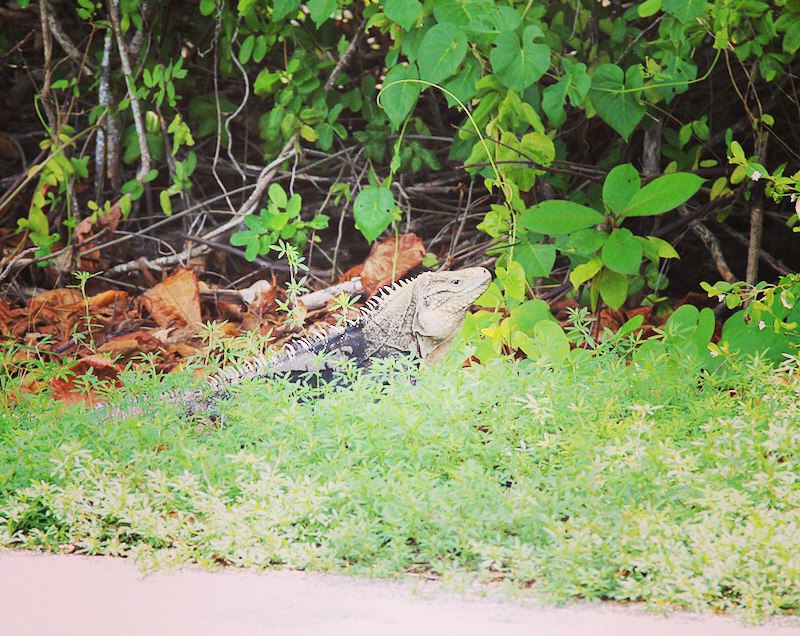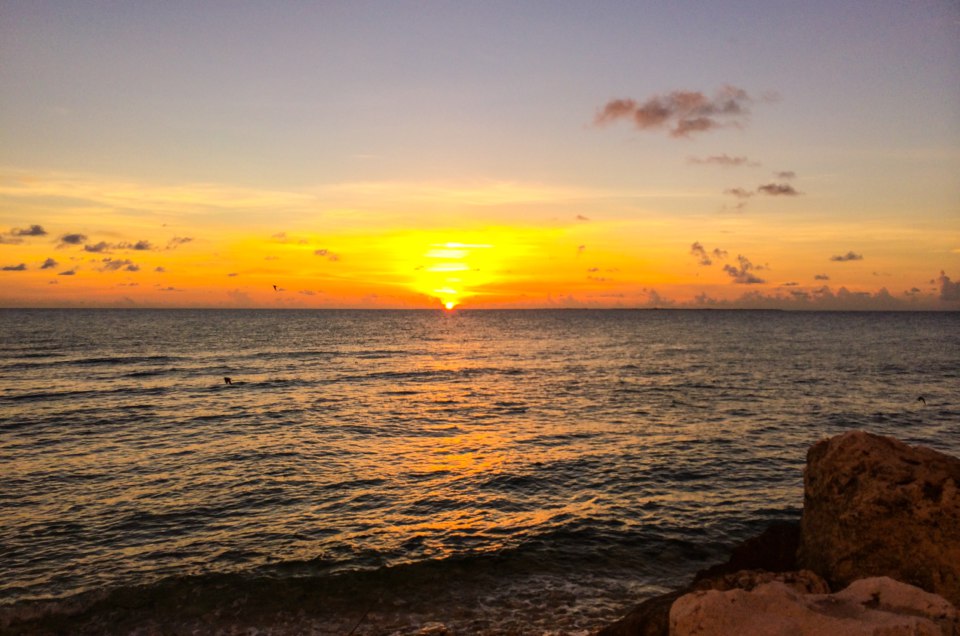Food, history, and culture probably aren’t things you immediately associate with the Caribbean, as it’s usually the scuba diving, pristine beaches, and beautiful turquoise waters that bring people to the islands. Yet on my most recent trip to the Cayman Islands, the number of fantastic eats and experiences packed into tiny Cayman Brac, Grand Cayman’s sister island, impressed me.
Cayman Brac actually has a history that dates back over 500 years. Christopher Columbus first documented seeing Cayman Brac when his ship was blown off course on his fourth trip around the world. He called it “Las Tortugas,” because of all the turtles on shore, but a number of years later, the name of the entire Cayman Islands chain evolved into “Caimanas,” after a unique species of crocodile that inhabited the islands. Sir Francis Drake was another famous explorer who visited the Caymans some years later, but it really wasn’t until the mid-1600s when settlers first started arriving.
The name as it stands today, “Cayman Brac,” actually has Gaelic influence, as the term “brac” means bluff. It’s appropriate considering a majority of the island is undeveloped thanks to a large bluff covering most of the landmass. There are many hiking trails through, around, and over the bluff, though never reaching a height of more than 150 feet. Nonetheless, it offers a landscape unique to many other Caribbean islands. One of the more notable hikes I did (and loved because of the views and sheer drop-offs) was the Lighthouse Trail, located on the east side of the island. Beginning at Spot Bay, it continues up the face of the bluff (passing the entrance to Peter’s Cave and Peter’s Overlook), and up to the lighthouse on top, offering stunning 360 views of the ocean.
A couple other unique active pursuits as a result of the bluff are caving and rock climbing. The rock climbing is largely recommended only for experienced climbers, as the terrain is steep and somewhat unpredictable. The caves, however, are self-guided and suitable for any curious visitors. There are a number of caves sprinkled throughout the island, many of which are accessible to guests at no charge, including the popular Peter’s Cave, Bat Cave (Batman fans?), Skull Cave, and one of the newest, Nani’s Cave.
What’s unique about the cave system on Cayman Brac is that the locals rely on them for storm shelter. Many are located at higher elevations than homes on the island, which offer a firm structure and protection from the elements during hurricane season. The most renowned hurricane, which all but flattened the island in 1932, saw 30-foot storm surges that washed most of the island’s homes and buildings out to sea, killing over 100 people. Many first-hand accounts of the storm and its aftermath can be found in the small Cayman Brac Museum, which like most attractions on Cayman Brac, is free to the public, riddled with stories and ruins.
One of the most surprising things about Cayman Brac, however, was the food. While I expected delicious seafood, I didn’t realize it would largely be fishes and dishes that I couldn’t just get at home. My first mission was to find one of the most popular Caribbean dishes, which has roots in the Caymans, conch (pronounced “konk”).
You’ve probably seen conch shells lining the beaches around the Caribbean, but you may not have known that inside are medium to large-sized sea snails. These are edible, and around Cayman Brac you’ll often find them prepared in stews and salads. However, my favorite way to eat conch is as a fritter, which looks and tastes similar to a cornbread ball, known where I’m from as hushpuppies. I enjoyed conch fritters everywhere I could get my hands on them from my hotel, the Brac Reef Resort (the only hotel on the island) to the Tipsy Turtle Bar and my favorite Cayman Brac restaurant, Star Island.
Other unique foods you’ll find on Cayman Brac include cassava, plantain, and much to my surprise, turtle. This has long been a tradition since the turtle population is so large. It can often be found on local restaurant menus, including Star Island, but it’s typically based on availability, and often served in stew.
All the history, culture, and food on Cayman Brac really came together during the 18th Annual Brac Bash. Coinciding with the 18th anniversary of the sinking of the Russian Frigate, the MV Capt. Keith Tibbetts that happened just offshore, it showcased everything that Cayman Brac stood for. Largely taking place at the Brac Reef Resort, the annual weekend festival included a pageant, traditional craft market, cook-off, and active pursuits, suitable for all ages. Brac Bash is the kickoff to the Cayman Islands fall festival season, culminating with its largest event, Pirate Week. Because if we’re talking Caribbean culture, how can we not include pirates?





